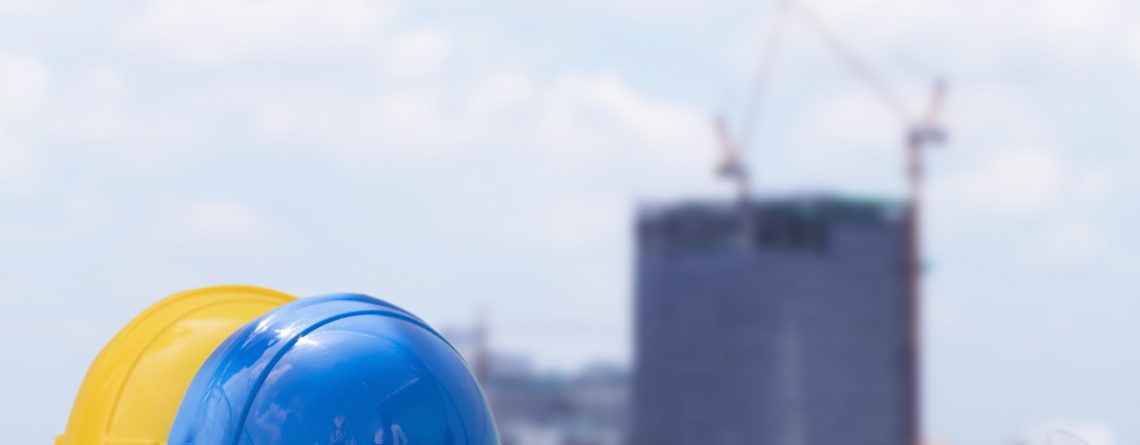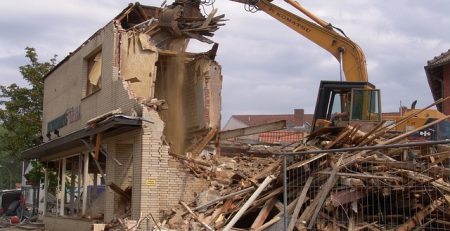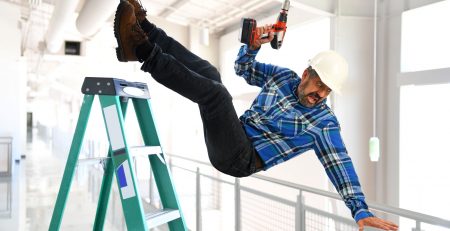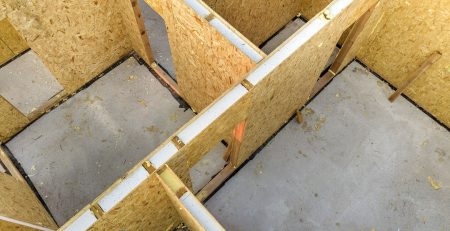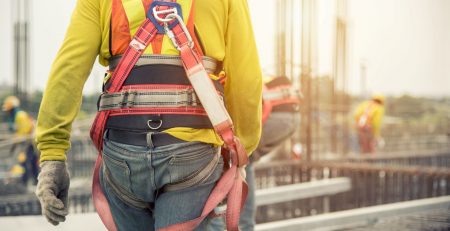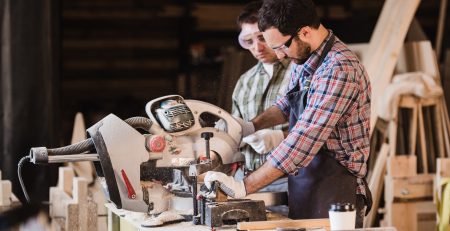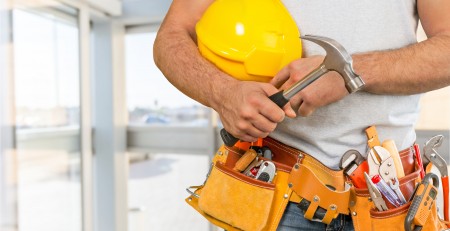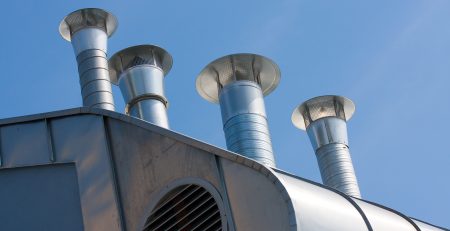Personal Protective Equipment (PPE): The Basics
PPE: An Overview
PPE is the acronym for personal protective equipment. It can be an item of clothing (such as vests, jackets, full-body suits, high visibility clothing), headgear (helmets, hard hats), footwear (boots, safety shoes), or a device (respirator, self-contained breathing apparatus). These devices and items of clothing are designed to minimise the risk to an employees’ health and safety whenever they are in a hazardous worksite.
Who Needs PPE?
People who work in hazardous workplaces need personal protective equipment. They can be linemen, construction workers, loggers, firemen, fishers, roofers, trash collectors, and iron and steelworkers. Truck drivers, ranchers, farmers, and ground maintenance workers are also at risk of injury or illness because of the dangerous nature of their jobs. Health professionals and professional cleaners (such as those who clean crime scenes or sewers) are especially vulnerable to illness, that is why personal protective equipment is required whenever they are on duty.
The Importance of PPE
* Protects the head or feet from injury caused by falling or flying objects.
* Prevents contaminated air from reaching the lungs.
* Protects the skin from burns, blisters, cuts, and irritation.
* Protects the body from extreme heat or cold.
* Protects the eyes from dust or splashes of liquids.
* Prevents or reduces the risk of infection and contamination when handling or cleaning blood, bodily fluids, or toxic waste.
The Different Types of PPE
There are different types of personal protective equipment, and these include:
* Eye protection. As the name suggests, these are PPE designed to protect the eyes. Safety goggles, safety spectacles, visors, face screens, and face shields are some of the equipment that can protect the eyes (and the face) from dust, flying debris, wood chips, and particles. This equipment can also protect the wearer from splashing liquid, radiation, ultraviolet light, and welding sparks.
* Head and neck protection. This type of PPE protects the wearer from injury caused by flying or falling objects, as well as minimises the risk of injury when the wearer bumps his head. Wearing head and neck PPE protects the wearer from temperature extremes and prevents the hair from getting tangled in machines. Helmets, hairnets, caps, and hard hats are examples of PPE designed to protect the head. Scarves protect the neck, especially during welding.
* Ear protection – Equipment which reduces noise level while and allows workers to communicate with their colleagues. Ear protection includes earplugs, canal caps, and earmuffs.
* Hands and arms protection – Protects workers from temperature extremes, cuts, burns, blisters, toxic waste, chemical splashes, radiation, punctures, and abrasions. It includes long-sleeves and gloves. Gloves can be made of butyl, neoprene, nitrile, latex, and more. Gloves can be flame-resistant or insulated to protect the wearer from frostbite.
* Feet and legs protection – Protects the wearer from temperature extremes, falling objects, rolling objects or vehicles, and punctures. Some footwear are also designed to provide traction and prevent slipping. Feet and leg protection include safety shoes and boots, chainsaw boots, and foundry boots.
* Whole/partial body protection – Protects the body from extreme heat or cold, dirt, dust, cuts, abrasions, and splashes from toxic liquid or molten metal. Some are also designed to prevent the body from coming into contact with blood and other bodily fluids. This includes overalls, aprons, laboratory coats, boiler suits, down jackets, chainsaw trousers, and high-visibility trousers.
* PPE for those who work in high structures – Designed to arrest the fall of people who work in high-rise structures, ladders, scaffolds, and hoists. It includes safety harnesses, lanyards, and hooks/carabiners. People who work at heights are also required to wear helmets with chin straps and protective gloves.
* Lung protection – Designed to protect the wearer when entering or working in a place where there is not enough oxygen, or when dust and dangerous gases or vapours are present in the atmosphere. Lung protection equipment includes face masks, power-assisted respirators, and self-contained breathing apparatus.
What are the Responsibilities of Employers and Employees With Regards to PPE and Their Proper Usage?
It is important for employers and employees alike to remember that PPE does not prevent accidents or injuries. Equipment such as these are used as back-ups or last resort. It is the responsibility of employers to make sure that control measures are in place to ensure the safety of their employees. Employers are also required to provide PPE free of charge, as well as choose high-quality and appropriate equipment for their employees.
Apart from selecting and purchasing the right PPE, employers are required to train their employees on how to use equipment properly. During the training, employees should learn why the equipment is necessary, as well as its limitations.
Employees are required to wear the PPE at all times when they are in the workplace (even when the job would take only a few minutes). They are responsible for cleaning it and keeping it good in condition. Any defective PPE or those that had come in contact with blood or toxic materials should be disposed of properly. Any damage or loss should be reported to the employer or supervisor immediately.
Choosing The PPE That is Appropriate for Your Workplace
Before buying PPE, it is recommended that the employer conduct a hazard assessment of the workplace. Choose hi vis workwear and equipment that match your workplace hazards. Ensure that the equipment fit your employees properly to encourage them to wear the PPE at all times when they are in the workplace. Anything that is too small can be uncomfortable, while equipment that is too big can be hazardous.

